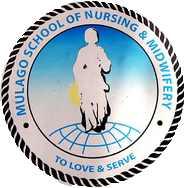Human anatomy is the scientific study of the body’s structures. Some of these structures are very small and can only be observed and analyzed with the assistance of a microscope. Other larger structures can readily be seen, manipulated, measured, and weighed. The word “anatomy” comes from a Greek root that means “to cut apart.” Human anatomy was first studied by observing the exterior of the body and observing the wounds of soldiers and other injuries. Later, physicians were allowed to dissect bodies of the dead to augment their knowledge. When a body is dissected, its structures are cut apart in order to observe their physical attributes and their relationships to one another. Dissection is still used in medical schools, anatomy courses, and in pathology labs.
Anatomy has areas of specialization:
Anatomy has areas of specialization:
- Gross anatomy: Gross anatomy is the study of the larger structures of the body, those visible without the aid of magnification. Macro– means “large” thus, gross anatomy is also referred to as macroscopic anatomy.
- Microscopic anatomy is the study of structures that can be observed only with the use of a microscope or other magnification devices. Microscopic anatomy includes cytology, the study of cells and histology, the study of tissues.

